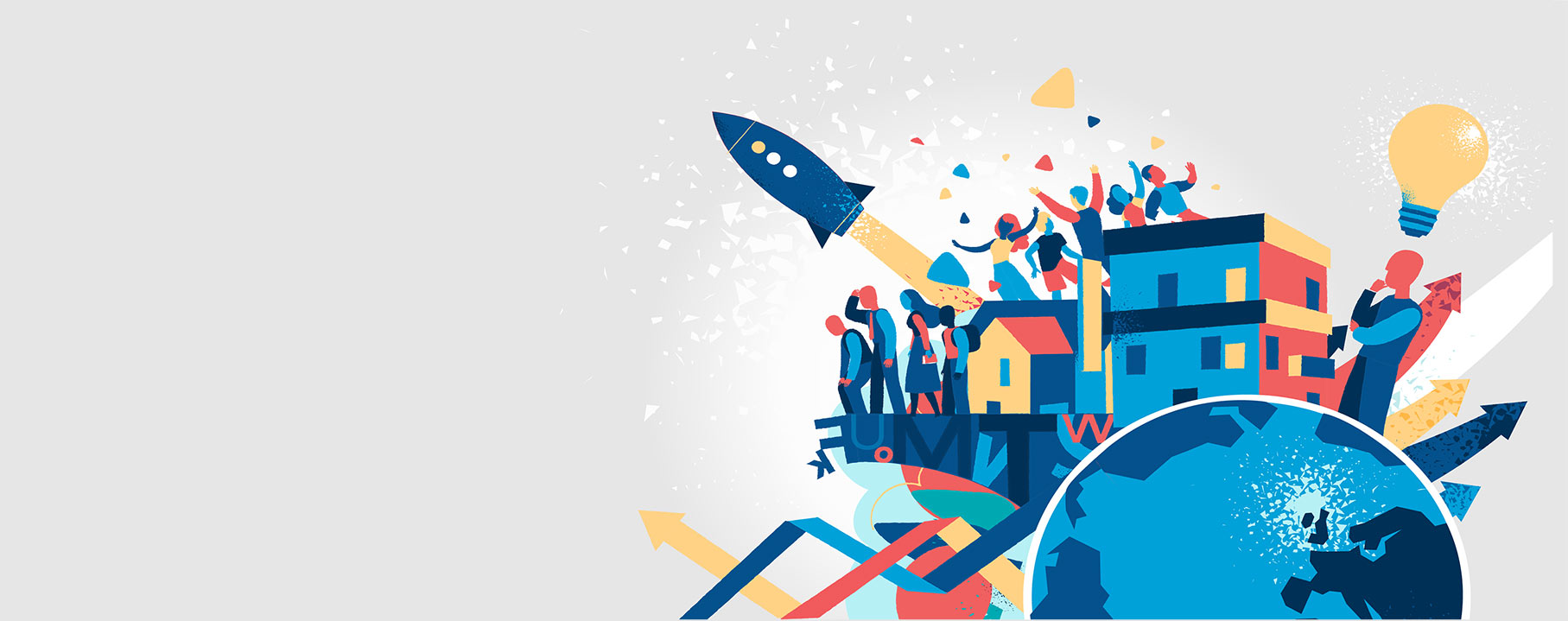This piece is part three of a three-part series about the restorative approach to equity, diversity & inclusion in the workplace. Part three summarizes conclusions about the restorative approach in the workplace, including the importance of sticking to it.
1. The destination is up ahead but one never gets there as it’s a moving target. This is about the journey. Lean into the fact that that practice builds proficiency, so keep at it!
2. Don’t be afraid of the mistakes – the ones in the past or present. Growth is about movement. One can rarely be sure of the motivation others might have for highlighting past failures but when they do surface, commit to learning (through dialogue) about what matters most about what happened, who was impacted by it, how to do better going forward. Make that learning matter for the future. Try not to be defensive when feedback comes – listen closely and let the values lead to understanding.
3. Learn to let go. Change might come to things that initially thought to be safe and good. Adding new perspectives will see new opportunities.
4. Consider Social Outreach Opportunities. Professional development exists on a continuum of interventions. Remember value and character development as well. Build organizational empathy by connecting with diverse voices and lived experiences.
5. Jump first! When getting started, don’t be dismayed by a small turnout or lack of buy-in from peers. This work is about understanding and dismantling power structures and traditions to build more equitable communities. The results will speak for themselves – stay on course, especially when it gets hard.
6. Be patient with folks. Personal learning will take time and so it will for others as well. Be gracious and remember to find opportunities for authentic learning experiences. This is not about convincing or winning arguments. Lead by example and others will follow along in their own time.
7. Diverse and inclusive teams might require different support systems and structures beyond what is traditionally provided. Ensure support systems are sophisticated enough to recognize experiences of trauma, intuitive enough to ask folks what they need, and nimble enough to respond to uniquely. Commit to problem solving with folks not for them.
8. On occasion, make time to look back and see how far things have come. Progress can seem slow at times. Pay attention to who has joined in on the ED&I journey. Has it started to impact operations of the organization?
9. Build collaboration and solidarity in the work. Some new partners may be unconventional at first (even outside of the industry) but they are easily recognized by the commitment to operate from a similar base of core values.
10. Capture the learning and share it! Document for the express purpose of helping others learn. Folks will be interested in the “how to” of the journey. There are no real short cuts but there are a few best practices that get picked up along the way. Join learning communities. Present when asked. Write when given the chance.
STICK TO IT
When I started going to yoga I was embarrassed to tell my friends. At first, I thought it might be attributed to the influence of hyper-masculinity – that notion that male identifying folks have to be tough, focusing on physical strength, and stereotypes of manliness. But that wasn’t it – not completely anyway. It was actually because I wasn’t sure that I would keep going and I didn’t want to fail and have to explain it. In short, it was about accountability avoidance. If no one knew, no one would ask me how it was going. Thinking about EDI work, accountability is the tension that inspires change.
Like with yoga, this is as much about considering the root as it is the tree branches. EDI learning must be more than block training that once delivered gets crossed off the professional development checklist. I’ve participated in and delivered many EDI training sessions over the years but the bulk of my learning hasn’t been in the workshops. The most significant shift for me has been developing a personal understanding and practice that shapes my professional worldview. As a leader, that meant setting as an intention to make EDI values foundational to other group learning, organizational goal setting, and strategic direction.
I still go to hot yoga regularly and, by sticking with it, I’m seeing some progress. There are still folks all around me that have better balance and flexibility but I’m finally getting control of my thoughts. Whether in yoga or EDI work, there are benefits to slowing down, breathing deeply, and taking a sip of water as needed.






